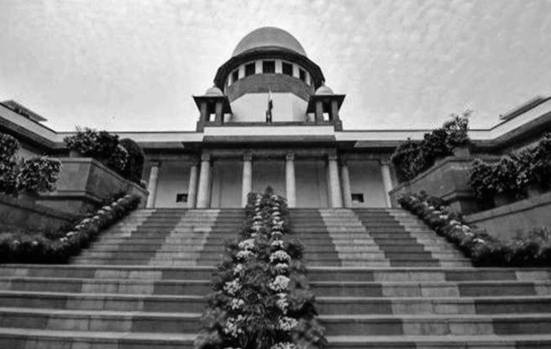Anushka Mansharamani
The Supreme Court took suo motu cognisance of the pollution that is affecting the Yamuna river.
The Apex Court appointed Meenakshi Arora, Senior Advocate as Amicus Curiae (friend of the court) in the case.
The development of this case came during the hearing of a plea filed against the State of Haryana by the Delhi Jal Board.
The Delhi Jal Board alleged that the dumping of the untreated discharge led to the spike in Ammonia levels in the Yamuna river.
Meenakshi Arora, representing the petitioners in the case contended that the increase in the Ammonia levels was making the consumption of water of the river unfit.
She further contended that the mixture of Ammonia and other pollutants could lead to cancer.
The three-judge bench headed by Chief Justice of India SA Bobde then registered a suo motu case in order to deal with the larger issue of pollution and thereby appointed Senior Advocate Meenakshi Arora to assist the court as Amicus Curiae in the matter.
It was submitted that “The plants, particularly those at Chandrawal, Wazirabad and Okhla, have often been forced to operate at only 50 percent capacity or lesser due to the extremely high ammonia levels in the water. This has repeatedly resulted in shortage of water and water crisis in the NCT of Delhi.”
The petition mentioned that on 25th December 2020 the Ammonia levels in the Yamuna river rose to 12 ppm which could lead to a complete cessation in the functioning.
Senior Advocate Arora contended that the installation of sewage treatment plants by Haryana at different sites of the river was adding to the problem and not helping to solve the problem.
Therefore, the court issued a notification to the Haryana government on the petition and subsequently decided to register a suo motu case to examine the larger issue of pollution in the river.

